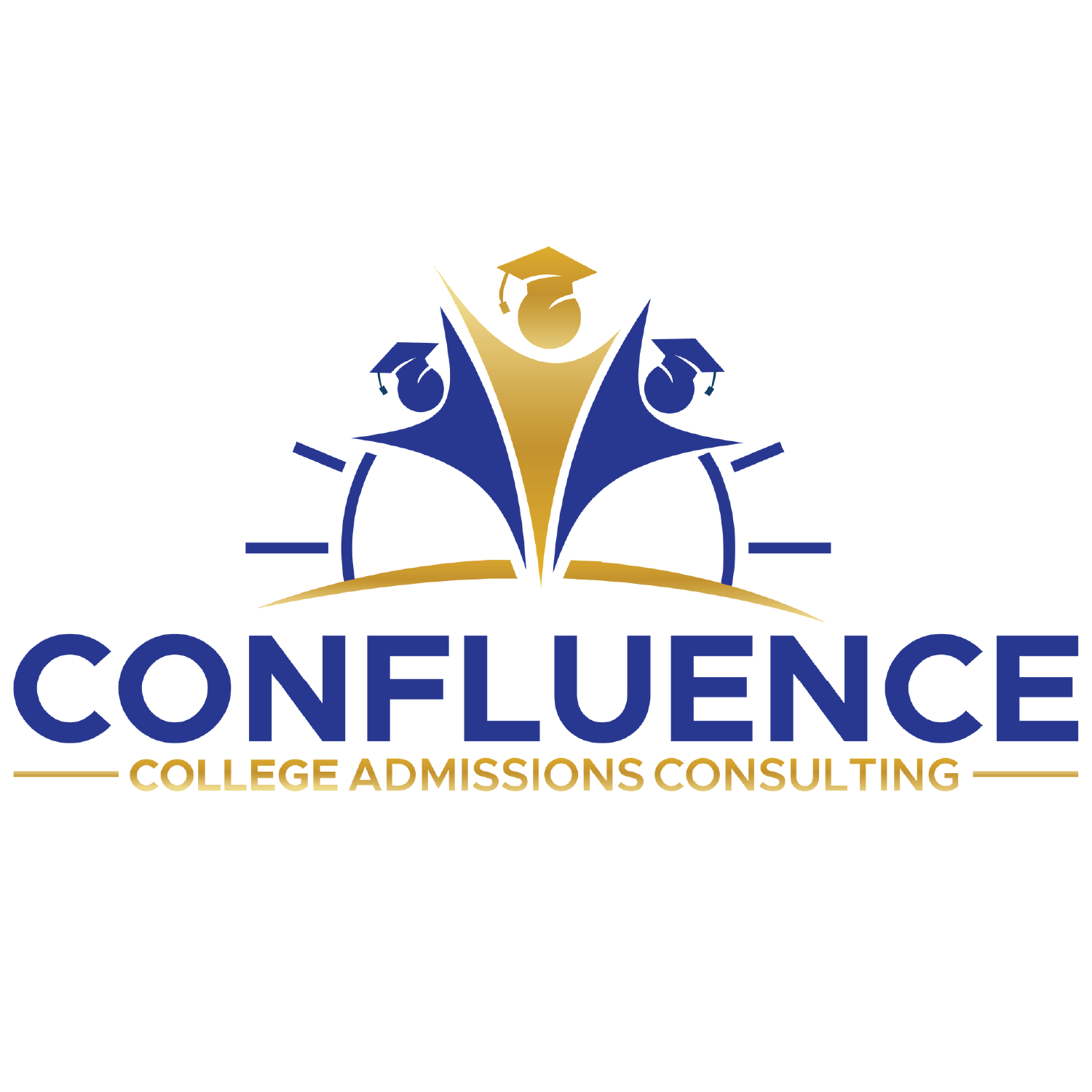How do I qualify for merit aid?
Here at Confluence College Admissions Consulting, most of the clients I work with come from families whose incomes are too high to qualify them for federal need-based financial aid. At the same, most of these families do not have incomes high enough to comfortably pay the full cost of tuition and fees at, say, the University of Chicago, where one year of college can cost more than $79,000. Because of this financial landscape, our conversations inevitably turn toward affordability, and how to pay for college education.
Scholarships are one way to help defray the cost—and they are great because they are free money! Students with particular strength in an academic subject area or intercollegiate sport may qualify for some great scholarships. Another way is federal loans, which are not so great because they have to be repaid. Worst of all are private loans, which can have high interest rates and limited options for deferral or forgiveness.
If you’re looking for a way to save not just thousands, but tens of thousands of dollars on college education, consider schools that offer generous merit aid awards to incoming freshmen. Alas, most of the best known and most prestigious schools offer little to no merit-based aid. Why? Because these schools don’t need to offer merit-based financial aid in order to attract top students. As a result, even if you are accepted to Harvard, Yale, or Amherst, they’re not going to offer merit-based financial aid (although these colleges do tend to be quite generous with need-based aid).
If you’re curious about schools that offer generous merit-based financial aid, you’re not alone! This data can be difficult to track down, and some schools are reluctant to make data about their merit aid practices public. As a member of IECA, however, I have access to databases compiled by independent educational consultants that can help to demystify this process for students and their families.
So let me just give you a little data on a college I happen to like. (There are many others, which we can discuss in more depth when you sign up for one of my comprehensive or fundamentals packages.) Let’s take Goucher College in Maryland as one example. Total cost of attendance at Goucher is estimated at about $68,000. But 95% of their students not qualifying for need-based financial aid receive merit-based aid of some sort, with those students receiving an average of $24,000. This brings the cost of attending Goucher into the affordability range for many families.
The amount of merit-based aid you’re offered by a particular school may boil down to how you compare academically to their overall student population, or how you might contribute to their student culture, or how you may add to their geographical diversity, or all of the above. For this reason it can be advantageous to apply to one or more schools where you might be a “big fish in a small pond,” so you can see how your finances there might stack up, for example, against in-state tuition at a public university. Sometimes small liberal arts colleges will surprise you. Sometimes they might even offer a full-ride scholarship.
The financial picture in the college admissions process is complex, and I am constantly learning more. I am eager to share with you what I know to help you make the most informed possible decision about where to attend college, and how to pay for it. Schedule a free consultation today!
